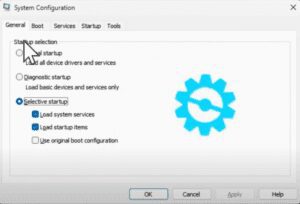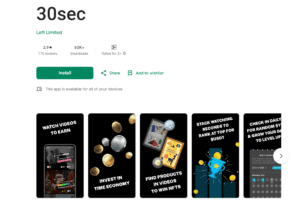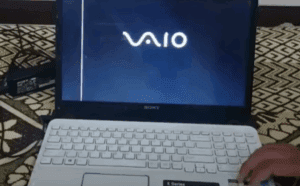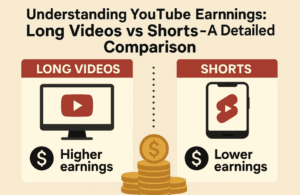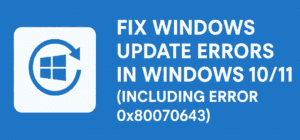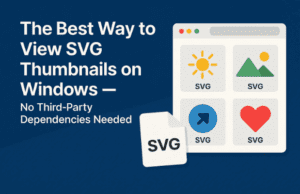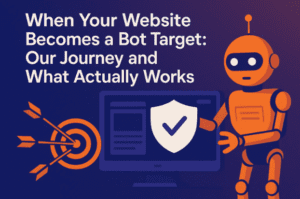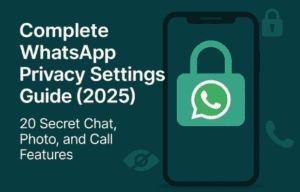Have you noticed your PC becoming slower over time? Whether it’s taking too long to boot up or apps are sluggish, there are several ways to improve your machine’s performance. In this post, we’ll discuss 11 effective steps you can take to speed up your Windows machine and help it run smoothly again.

1. Disable Unnecessary Startup Programs
One of the main reasons for slow startup times is having too many programs launching automatically when Windows starts. These programs run in the background, consuming system resources. Here’s how you can fix this:
- Step 1: Right-click on the toolbar and open Task Manager.
- Step 2: Navigate to the Startup tab.
- Step 3: Sort by Status to see which programs are enabled. Disable the ones you don’t need running by right-clicking and selecting Disable.
This step can significantly improve boot-up time and free system resources for other tasks.
2. Scan for Malware
Malware can slow down your PC by running in the background, using your system’s processing power. To ensure your system is free of malware:
- Step 1: Open Windows Security.
- Step 2: Navigate to Virus & Threat Protection.
- Step 3: Select Scan options and choose Full scan to check your entire system for any hidden malware.
A regular full scan ensures that malware doesn’t go undetected, which can lead to performance issues.
3. Let Anti-Malware Software Run Regularly
While it’s tempting to disable background anti-malware scans, it’s crucial to let your software perform its scheduled scans. These scans ensure that new threats are quickly addressed. If you don’t want the scan to slow you down, consider leaving your machine on overnight so the scans run when you’re not using it.
4. Turn Off Windows Search Indexing
Windows Search Indexing speeds up file searches but can take up system resources. If you don’t often search for files on your PC, you can turn this feature off:
- Step 1: Right-click the Start button and select Computer Management.
- Step 2: Go to Services and Applications > Services.
- Step 3: Scroll down to Windows Search, right-click, and choose Properties.
- Step 4: Click Stop and change the Startup Type to Disabled.
This can help free up resources, especially if you have a slower machine.
5. Adjust Visual Effects
Windows uses animations and transparency effects that, while visually pleasing, can slow down your system, especially on older or less powerful hardware.
- Step 1: Go to Settings and search for Visual Effects.
- Step 2: Toggle off Animations and Transparency Effects.
This can make your system feel snappier.
6. Set Power Mode to Best Performance
For laptops, the default setting is often Balanced, prioritizing battery life over performance. However, if you mostly keep your laptop plugged in, or if you’re using a desktop:
- Step 1: Open Settings and search for Power Mode.
- Step 2: Select Best Performance to allow the CPU to run at full capacity more frequently.
7. Close Unnecessary Applications
Often, we run multiple programs, browsers, and apps simultaneously, which can overload your system. To help your PC run faster, try to limit the number of active applications and browser tabs. Close what you’re not using to reduce resource consumption.
8. Improve Your Internet Speed
Sometimes, what seems like a slow PC is actually a slow internet connection. If you’re doing tasks that rely on the web—like browsing, streaming, or cloud-based work—your connection speed plays a huge role in how fast your experience feels. If your connection is slow, consider upgrading your internet plan for better speed.
9. Increase RAM
Windows loves RAM. If you run multiple applications or browse with numerous tabs, insufficient RAM could be the bottleneck. You can check how much RAM your system uses by opening Task Manager. Adding more RAM can give your system a significant performance boost, especially if you have less than 8GB installed.
10. Upgrade to an SSD
One of the most effective ways to increase system speed is by upgrading your hard drive to a Solid State Drive (SSD). SSDs are much faster than traditional hard drives and can significantly improve boot times and overall performance.
11. Perform Routine System Maintenance
Over time, your system might accumulate clutter, and minor file corruptions can happen. Here’s what you can do:
- Run the System File Checker: This will scan for and repair corrupt system files.
- Run DISM: The Deployment Imaging Service and Management Tool can repair the Windows image.
- Consider a Repair Install: If performance issues persist, you may need to reinstall Windows while keeping your files and programs intact.
Conclusion
These steps can help breathe new life into your PC, ensuring it runs more smoothly and efficiently. If you have tried most of these methods and are still experiencing performance issues, it might be time to consider upgrading your hardware or even getting a new machine.
#WindowsTips #PCTroubleshooting #SpeedUpPC #ComputerMaintenance #TechSupport #OptimizePC



